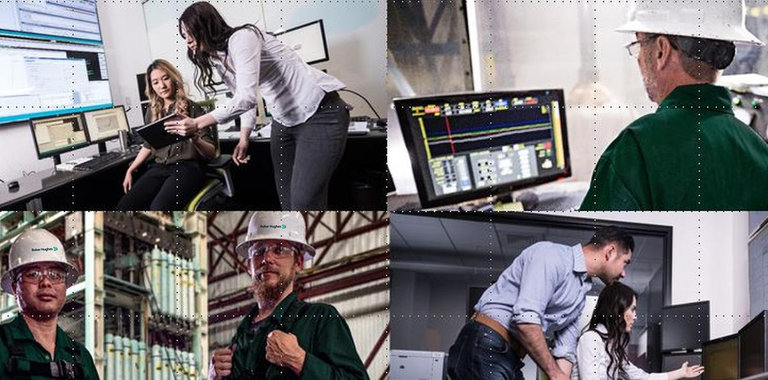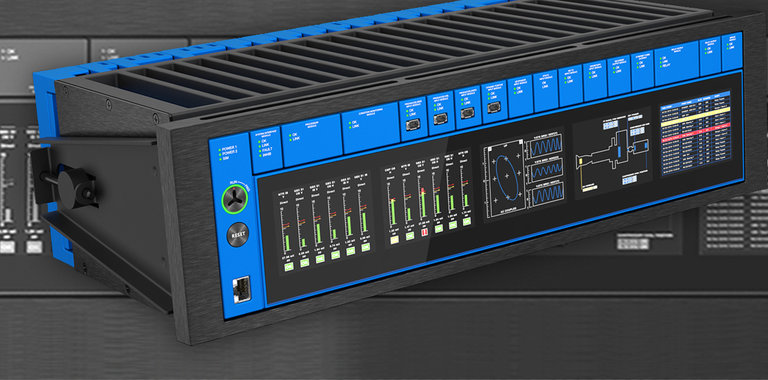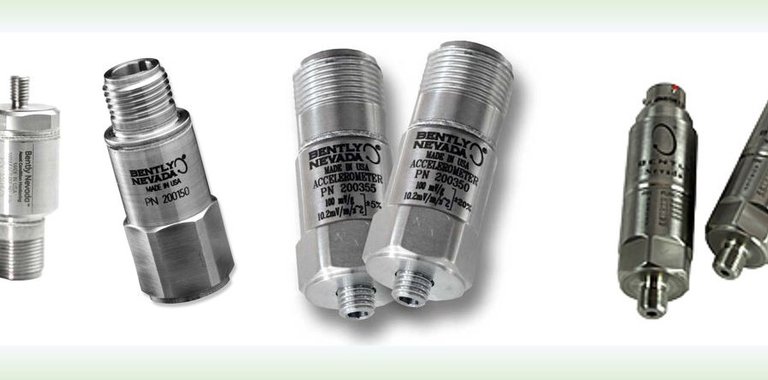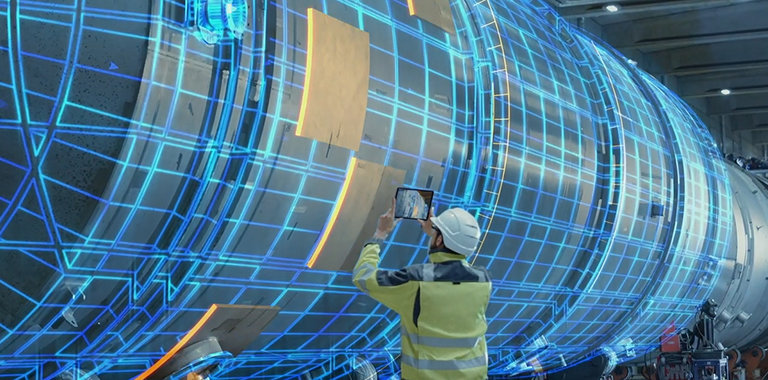For over 60 years, Bently Nevada has been the industry leader in asset condition monitoring and protection. Our portfolio of solutions has evolved through perpetual innovation, but our mission has remained the same: to help Industrial Operators achieve the highest level of asset reliability possible.
In the 7th article focused on Orbit 60, we approach the first full commercial release of the Orbit 60 platform. As we reach this milestone, we have already began delivering and installing several systems across many market segments, and in several different countries. Our Minden, Nevada location has ramped up production and is currently busy fulfilling the dozens of pre-ordered systems in the queue.
In Part 1 of the accelerometers series we discussed the types of materials used as piezoelectric elements, the role of external charge amplifiers versus integral designs, 3-wire versus IEPE1 2-wire devices, and compression-mode versus shear-mode designs. In Part 2 of this series, we turn our attention to high-level selection criteria in deciding whether to use a sensor with a native acceleration output versus a velocity output and, if velocity, whether to use a piezo-velocity sensor or a moving coil design.
Recently our customers asked and Bently Nevada has responded! Two new capabilities were recently added to the Bently Nevada 2300 monitor. This enhancement applies to both the 2300/20 and 2300/25 versions of the monitor.
Finally, from a single engineer in 1972, our MDS capabilities have grown to encompass a team of ~150 dedicated professionals today, many with decades of experience. We have completed more than 18,000 machinery diagnostic projects and the results are maintained in an extensive archive so that lessons learned on one project benefit other projects where similar machinery problems are encountered. Our sophisticated IT capabilities allow MDS colleagues from around the world to easily collaborate in real time using this archive and their collective areas of expertise. This ensures that our extensive knowledge and broad experience can be brought to bear on each problem, regardless of where the machinery is located.






